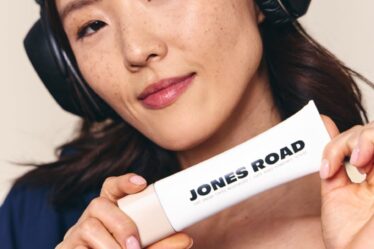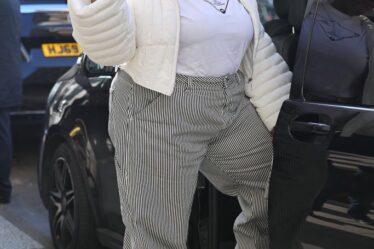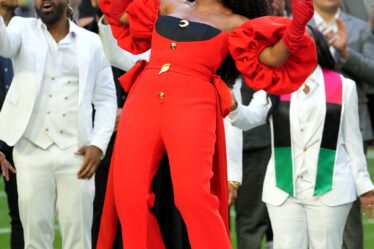
The tie bar, a classic men’s fashion accessory, is a slender piece of metal worn to clip a tie to the underlying shirt, ensuring it hangs straight and secure. This seemingly small accessory can have a significant impact on the overall look of an outfit, adding both style and sophistication when chosen and paired correctly. In recent years, colored Tie Bars have emerged as a popular choice for those looking to inject a bit of personality and flair into their attire. The art of pairing a colored tie bar with different types of ties—whether patterned, solid, or textured—requires a keen eye for detail and an understanding of color theory.
Selecting the Right Tie Bar
When it comes to selecting the right tie bar, there are several factors to consider. The material and finish of the tie bar can greatly affect its look and feel. Common materials include metal, such as silver, gold, and brass, which can be finished in a variety of ways to achieve a polished, matte, or brushed look. The length and width of the tie bar are also crucial. Ideally, a tie bar should span between 50% to 75% of the width of your tie and should be slim enough to add elegance without overpowering the tie itself. Lastly, choosing a suitable color for your tie bar is essential. While traditional silver and gold are versatile options, colored tie bars can add an element of interest and should be chosen to complement or contrast your tie and shirt in a harmonious way.
Pairing a Colored Tie Bar with a Patterned Tie
Pairing a colored tie bar with a patterned tie can be a bold fashion statement, but it’s important to do so thoughtfully to avoid clashing patterns and colors. When matching colors, look for hues within the pattern of the tie that either match or complement the color of the tie bar. For example, a navy tie with subtle red accents can be beautifully accentuated with a red tie bar. Ensuring the tie bar complements the tie pattern means avoiding a tie bar that is too busy or patterned itself, as it can compete with the tie for attention. Simple, solid-colored tie bars work best with patterned ties, creating a focal point without overwhelming the look.
Coordinating a Colored Tie Bar with a Solid Tie
Coordinating a colored tie bar with a solid tie offers an opportunity to create visual contrast or to match colors harmoniously. For a striking contrast, select a tie bar in a color that stands out against the tie, ensuring that it still fits within the overall color scheme of your outfit. Matching colors harmoniously involves selecting a tie bar that is either a shade lighter or darker than the tie or that exists within the same color family, creating a subtle and sophisticated look. Experimenting with different textures can also add depth to your outfit; for example, pairing a matte tie bar with a glossy silk tie or vice versa can produce an appealing contrast.
Complementing a Colored Tie Bar with a Textured Tie
The interaction between textures can elevate your ensemble to a new level of sophistication. When pairing a colored tie bar with a textured tie, aim to balance the look by selecting a tie bar that contrasts with the texture of the tie without overshadowing it. Mixing and matching textures should be done with care; a highly textured tie, such as a knit or wool tie, pairs well with a sleek, polished tie bar. On the other hand, a more subtly textured tie, like those with a herringbone or grenadine weave, can be complemented by a tie bar with a brushed finish. Choosing complementary colors remains important; ensure the color of the tie bar enhances the overall color palette of the outfit and interacts well with the texture of the tie.
Considerations for Formal and Casual Occasions
Selecting the right tie bar for the occasion is just as important as choosing the right tie bar to complement the tie. For formal attire, opt for subtlety in both color and style—a classic silver or gold tie bar, or one that subtly matches the color of your suit or tie, is most appropriate. For a casual look, feel free to experiment with bolder colors and unique materials, such as colored metals or even wooden tie bars. Adapting the tie bar to different dress codes involves understanding the level of formality of the event and using your tie bar to either add a touch of elegance or a hint of personality, depending on the occasion.
Tips for Proper Placement and Care of Tie Bars
Correct placement of the tie bar is key to achieving a polished look. A tie bar should be placed between the third and fourth buttons of your shirt, ensuring it is horizontal and securely fastens the tie to your shirt without being too tight. To avoid damage to the tie fabric, attach and remove the tie bar carefully, and opt for tie bars with a smooth back to minimize snagging. Cleaning and maintaining your tie bars is essential to ensure they continue to look their best. Depending on the material, a gentle polish with a soft cloth or a specific cleaning solution for metals can keep your tie bars in pristine condition.
In conclusion, pairing a colored tie bar with your tie of choice—whether patterned, solid, or textured—adds an extra dimension to your look that can set you apart. By considering material, length, color, and the occasion, you can select a tie bar that not only complements your tie but also enhances your overall outfit. Remembering to place and care for your tie bar properly will ensure it remains a key accessory in your wardrobe. Experimenting with color combinations can be rewarding, and with practice, you’ll be able to effortlessly match your colored tie bar to any tie in your collection, making each outfit uniquely yours.




